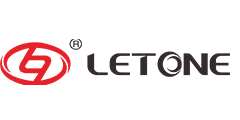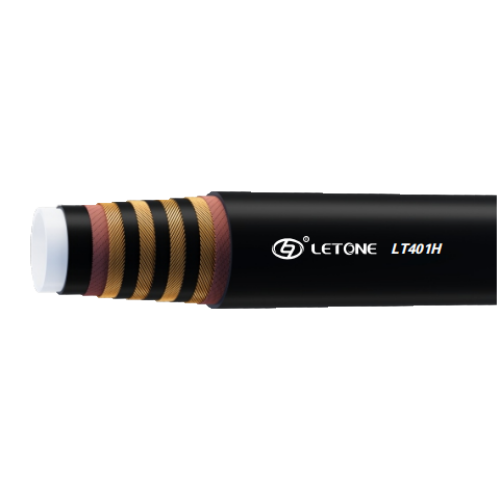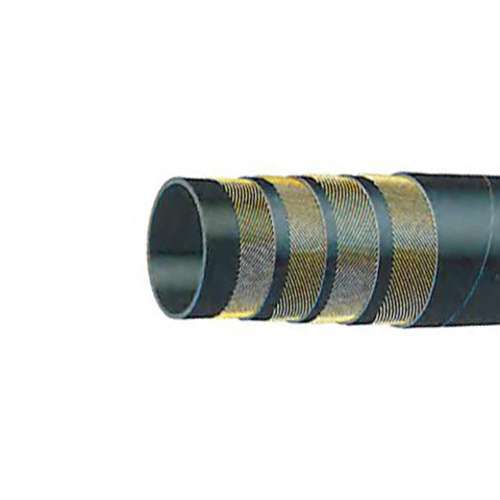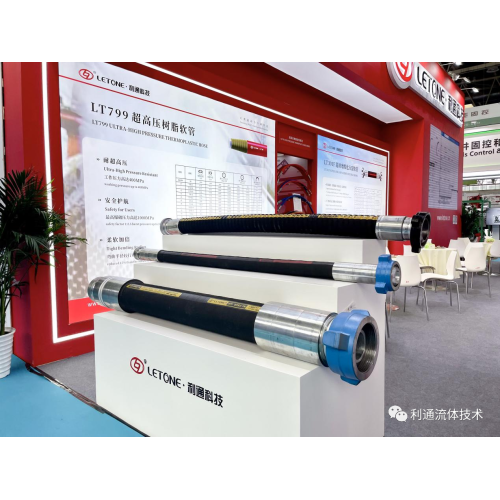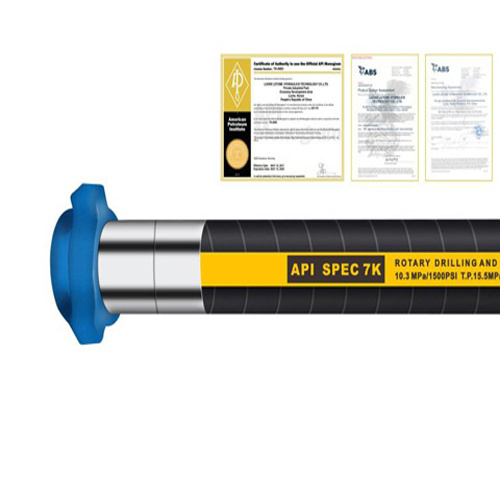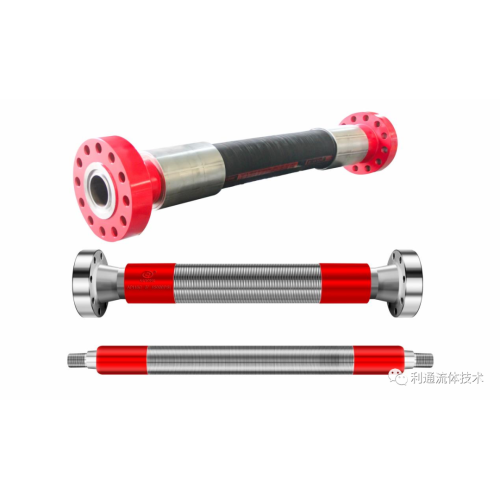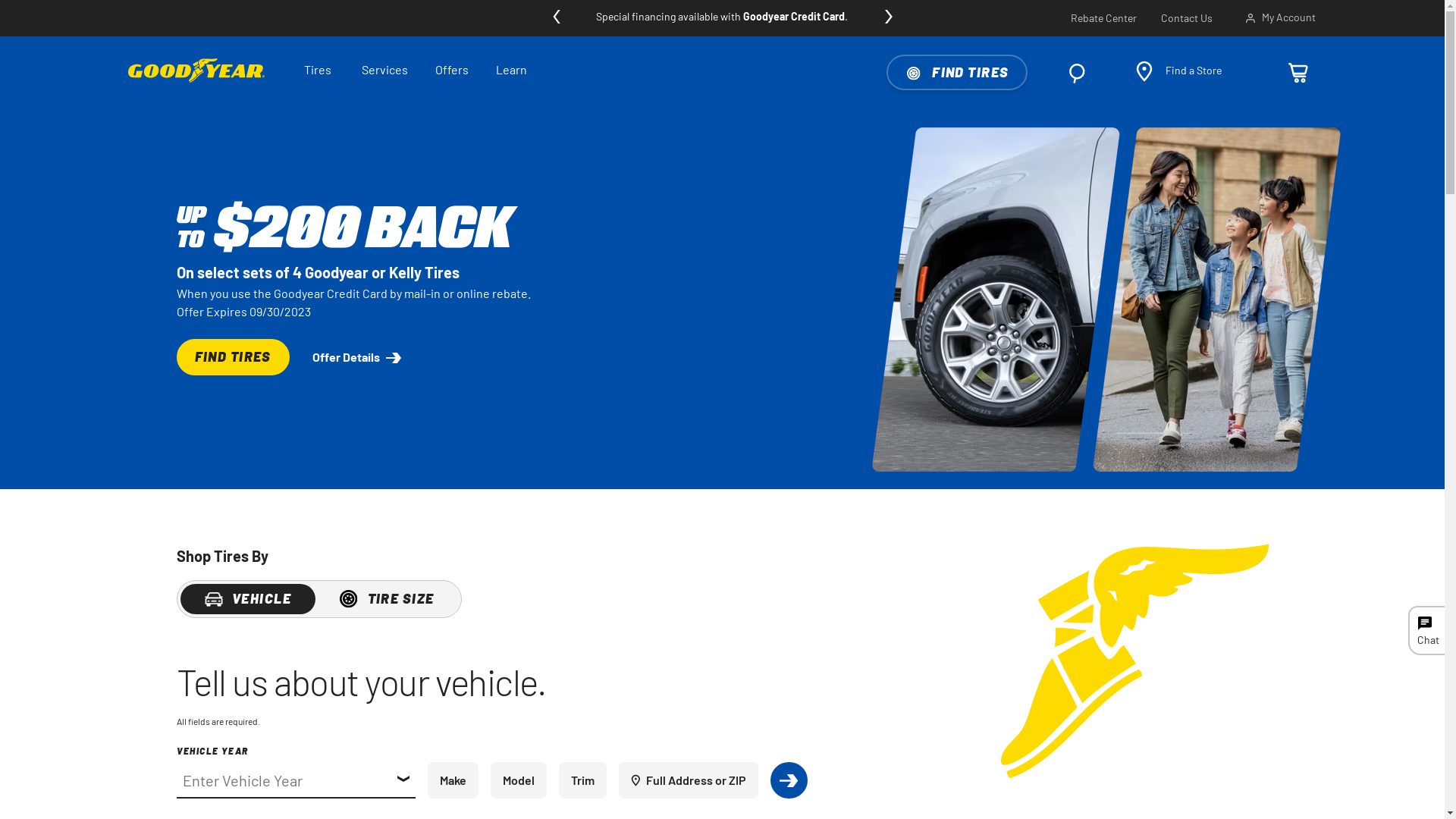At present, offset printing is relatively popular in China, and gravure printing has occupied a great deal of market space in the printing and packaging industry. For the new technology of flexographic printing, people will inevitably compare it with offset printing and gravure printing. After several decades of sustained and steady development, the flexographic printing industry in western developed countries has grown to almost three points with offset printing and gravure printing. With the rising demand for environmental protection, the advantages of flexographic printing are becoming more pronounced.
The flexo printing plate is soft, and it is called flexo printing. It uses a soft, compressible and stretched rubber. The printing plate graphic is higher than the blank part by engraving or exposure, and this is the traditional and Printing is the same, but the difference is that you can use a computer for direct engraving or exposure imaging. The soft plate can make full contact between the printing plate and the surface of the substrate. He can print both the offset printing and the offset printing. He can also print the substrate. The printing material is very wide, and it is fast and environmentally friendly.
Basic principles and characteristics of flexographic printing
Flexo printing, as a special way of embossing, was originally called “animation printing.” On October 21st, 1952, at the 14th Scientific Colloquium of the American Packaging Society, the printing method was officially named “Flexography”. The term "flexible printing plate" was also introduced to China shortly afterwards. Flexographic printing is similar in printing principle to letterpress printing except that the printing plate, ink composition, and embossing process differ from conventional letterpress printing in that the transfer of the image during the printing process is through a photo-responsive flexible photosensitive resin plate. Or a patterned rubber stick to complete the transfer of ink through the anilox roller.
The flexographic printing industry was officially defined by the American Flexo Printing Association in 1980 as follows: Flexographic printing is a direct rotary printing method using a flexible raised image plate that can be adhered to a reproducible plate cylinder The plate is coated with a metallic ink roller with an ink hole carved into it. The metal roller (anil roller) is controlled by another ink roller or squeegee to control the ink. Liquid and grease ink can be transferred to all Kinds of materials.
Definition of China's Printing Technology Standard Terminology GB 9851.4-90: Flexographic printing is the use of a flexographic printing plate to transfer ink through an anilox roller.
The flexographic printing press is mainly composed of an inking unit, a printing plate and an impression cylinder. Compared with offset printing, the differences between flexographic printing:
(1) Ink is a low-viscosity, volatile drying ink that uses alcohols as the main solvent. It has a fast drying speed and is suitable for flexo printing at high speed and multi-color printing. The application of non-polluting and fast drying water-based inks is very beneficial to environmental protection.
(2) The flexographic plate is a photosensitive rubber type plate that is flexible, flexible, and flexible. Shore hardness is generally 25-60 degrees, the ink transfer performance is good, especially the ink of alcohol solvent. This is a lead-free plastic plate with a Shore hardness of 75 or higher, which is unmatched by photopolymer.
(3) Printing with light printing pressure, which is called KISS PRINT abroad (softness like kissing).
(4) The printing materials for flexographic printing are very extensive.
(5) Has good print quality. Due to the use of high-quality resin plates, ceramic anilox rollers and other materials, the printing accuracy has reached 175 LPI, even 200 LPI, and the level is also very full.
(6) High production efficiency. The flexographic printing equipment itself is fast and usually has a multi-color group and online multi-operation operation function.
(7) Easy to operate and maintain. Including the upper version, maintenance, ink and other operations have become very simple.
There is no perfect way to print, flexo is not an exception:
(1) Compared with gravure and offset printing, the flexographic density curve is unstable, and the change in plate thickness has a great influence on the print quality.
(2) Flexographic printing uses an anilox roller to transfer ink, and the screen cable must match the anilox roller cable.
(3) Large dot distortion during imprinting.
(4) The pressure is small (only 2KG/CM, while the gravure pressure is 50KG/CM, the offset pressure is 4-10KG/CM). A slight change in pressure will affect the transfer of graphics and text.
(5) has its own unique color separation principle, because the flexible version as a wider application in the field of packaging and printing, often use multicolor, 6 color or even 8 colors, but also take into account the use of multi-color to compensate for network performance .
(6) Due to the characteristics of on-line processing, flexographic printing in the design process should be comprehensively considered after printing.
(7) The dot gain of flexo printing is a non-linear change, and the degree of dot enlargement displayed by large dots and small dots in the printing process is different.
(8) When making a printing plate, a flexographic plate must consider the deformation of the flexographic plate in advance so that it can be deformed to a proper length after the plate is attached to the platen.
Types of flexographic printing presses: one is a self-adhesive product, a flexographic press for paper products, and the other is a flexographic hose press.
The flexographic printing process mainly includes two major steps of plate making and printing. The plate making process is generally as follows: manuscript - film (positive chart) - back exposure - main exposure - developing and rinsing - drying - post-processing - post-exposure - stickers for the machine print. The printing process is generally as follows: printing materials - printing (including anyway printing) - coating or laminating - cutting - cutting - inspection - storage.
Ink is the largest source of pollution in the printing industry. The annual output of ink in the world has reached three million tons. Every year, the global VOC (organic volatiles) pollution caused by ink has reached hundreds of thousands of tons. These organic volatiles can form a greenhouse effect that is more severe than carbon dioxide, and they can form oxides and photochemical smog under the irradiation of sunlight, which seriously pollutes the atmosphere. This has caused widespread concern in various fields. Currently, only environmentally friendly green printing materials—water-based inks, UV inks, and alcohol-soluble inks—have been widely used in various printing methods.
RUV-650 flexo hose printing process
The RUV-650 Flexo Hose Press, developed by a well-known printing equipment manufacturer, is a printing method that uses a flexographic printing plate to transfer ink through an anilox roller.
1) Process
Plate making process: manuscript → film → plate back exposure → main exposure → washing (development) → drying → post-processing → post-exposure → check cutting version → pasting for printing on the machine
Manuscript → Laser CTP → Printing Plate → Checking the Cutting Plate → Pasting for Printing on the Machine
Printing process: printing materials → printing → receiving materials → inspection → finished products
2) printing plate
The RUV-650 Flexo Hose Press uses a photosensitive plate with a thickness of 1.7mm.
Flexible version with plain and laser versions:
Normal Edition: Originals → Films → Exposure → Processing → Plates;
Laser Edition: Original → Laser CTP → Plate.
The use of laser plate making greatly enhances the ability of plate making. It is not a difficult problem to produce a printing plate of 175LPI or more.
The defects of the traditional platemaking technology: The exposure time is determined by the text. It depends too much on the operator's skills. The film is in direct contact with the plate and is easily invaded by dust, causing poor polymerization and depressions. It is easy to produce vacuum leakage, making the plate and the plate poorly bonded. As a result, the network of unreal high-light areas on the borders of graphic and graphic elements is higher than the actual site, and printing will cause larger network expansion.
Advantages of laser platemaking technology: The exposure time is not related to the type of graphic and text, and the quality of the printing plate is stable, enabling direct plate-making without film, and there are no problems of polymerization and depressions. No vacuum is required, and no dirt spots or spots will appear. Eliminates dot gain due to UV light diffusion.
The selection of flexographic plate lines depends on the pressure control of the printing equipment itself, the number of matching anilox rollers, and the flatness of the substrate.
3) The type and selection principle of double-sided adhesive tape
The prepared printing plate is accurately adhered to the plate roller with a double-sided adhesive tape for printing.
RUV-650 flexo hose printing machine uses double-sided adhesive thickness of 0.38mm, the substrate is closed-cell foam, divided into three types: low density, medium density, high density. Low density is suitable for fine screen printing and fine line printing; medium density (integrated) is suitable for text, line and field printing; high density is suitable for field printing.
4) Anilox Roller and Squeegee
The ink system of the RUV-650 flexo hose press consists of an anilox roller and a closed scraper system.
This ink system delivers even and stable ink, and is affected little by external conditions. The amount of ink delivered is controlled by the number of lines and the amount of ink carried by the anilox roller. Anilox roller structure: metal roller base, ceramic layer, mesh hole. The network points are composed of the depth of the cyberspace, the network cavity, the shape of the cyberpocket, the net wall (hexagonal), the corner area, and the net angle (60 degrees).
How to choose the right anilox roller?
According to the printing plate, the printing material and the ink used, anilox roller is selected. For experience: the number of anilox roller lines = the number of plate lines x 5-7.
First of all, according to the inked area of various colors and images of the printed products, the number of line/ink-loaded anilox rollers is estimated based on daily experience.
Secondly, according to the ink-absorbing capacity of printing materials, during the preliminary printing process of overprinting, observe the hue and ink saturation of each color print, and then change the anilox roller with different number of lines/load of ink.
When using UV ink, the number of anilox roller lines can be slightly higher. Data records are made during each printing process as an important basis for future production.
The RUV-650 flexo hose press is printed using UV inks. The main components of UV inks: pigments, photosensitive resins, reactive diluents, photoinitiators, and auxiliaries. Under certain wavelengths of ultraviolet radiation, chemical polymerization instantaneously “cure”.
Auxiliaries: UV active diluents, UV curing accelerators, UV ink cleaners, etc. Features: bright colors, good printability, fast drying speed, relatively small amount, good stability, safety, environmental protection, wide range of materials, High cost performance.
Storage: strictly avoid light, avoid heat, storage temperature 5-30 degrees.
Safeguard: UV and UV inks harm the human body. UV flexo ink and technology will become the mainstream in the future of printing.
Comparison of Flexo Hose Printing and Screen Hose Printing
Flexible version hose printing: Use UV ink, safe and environmental protection, fast drying. Many color printing groups, production speed, high efficiency. The color high-line number dot printing performance is good, and the solid printing is thick. The ink path adopts anilox roller and reverse scraper, and the printing ink is uniform and stable. Light printing force printing, printing materials is very extensive. Easy to operate and maintain. Flexographic platemaking cycle is short, easy to transport, low cost. The flexibility of the flexographic printing plate is high. It is not only suitable for large quantities of printing but also for small batches. Multi-process combination printing, on-line glazing, online cold bronzing, on-line coding, etc.
Screen hose printing: ink thick, bright colors, strong three-dimensional. However, the printing speed is slow, the production volume is low, the color printing performance is difficult, and a large amount of printing is not suitable.
